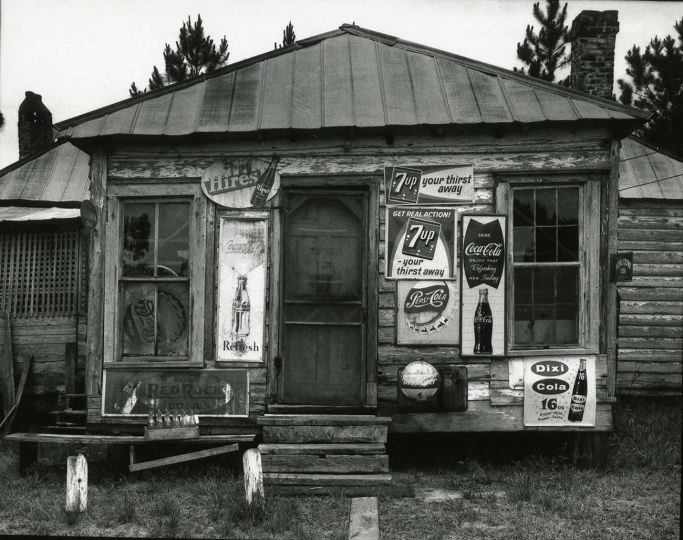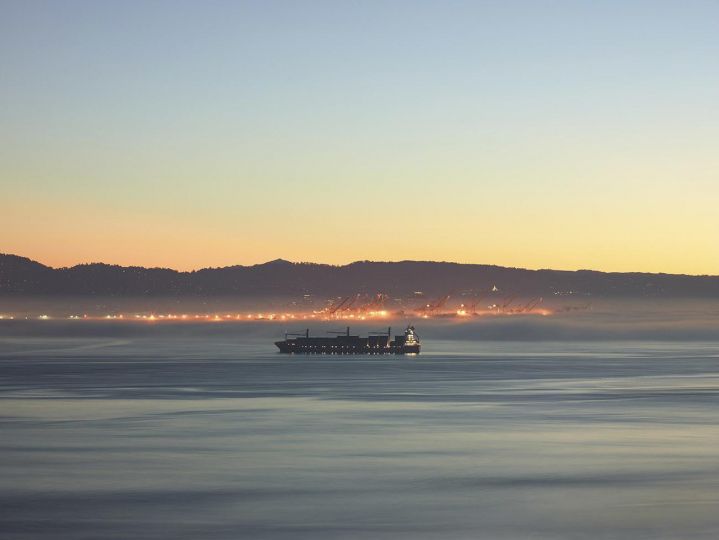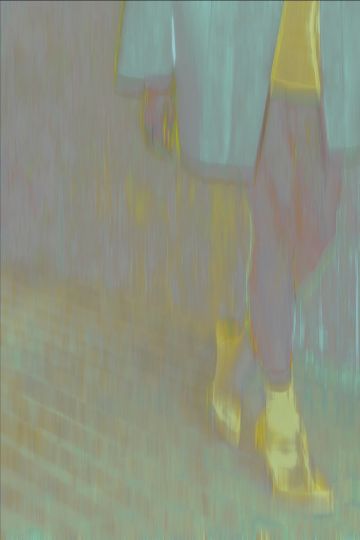The stork is dead…*
When former French President Jacques Chirac decorated Göksin with the French Legion d’Honneur in 2007, he declared: “Mr Göksin Sipahioglu, founder of Sipa Press, the greatest photo agency in the world!”
Perhaps the President was exagerating, just a little, but it was a fitting epitaph for this noble, grand bonhomme, that exuded the elegance of his Ottoman ancestors. Like the Ottomans, Göksin Sipahioglu had a vision and a willpower that was global. Little more than a month ago he was considering how he could buy back the photo agency that he founded in 1969 and which he was forced to sell in 2002. He told me a few years ago that he had never imagined that he would die anywhere else but behind his desk in the large office of his agency that he occupied from morning to night, seven days a week.
It was in the early 80’s when I first met Göksin, I was just starting out in the business, his reputation as a “patron de presse” was already legendary, known for his scoops and his journalistic sense, Sipa Press was one of the few places that young, unexperienced photographers could dare to cross the threshold. Göksin had invited me and Christian Poveda to lunch in order to discuss the absorption of our small agency, “Visions/Paris” into Sipa. We dined in the hotel near his agency where he purportedly kept a room for his afternoon trysts. He was delighted by the idea of bringing into his agency half a dozen more young and ambitious photographers. These were the golden years when photojournalism was booming and the three “A”s, Sygma, Gamma, and Sipa, were expanding. The world was our pearl!
In those days, there was a certain disdain for Sipa Press. Göksin and his photographers were considered a little bit like pirates, the style of this impertinant foreigner, a Turk no less, was little appreciated by the French agency establishment. He had a reputation of being an inveterate « draggeur » and it was said that his photographers did not always receive full payment from their sales. He cut corners and relied more often on « systeme D » than on good organization, he broke the « rules » in order to obtain the photos of any given news event, even if it meant recouping them from non-professional photographers. It was not the photographic quality that was important but rather the document. Göksin was passionate about journalism and if his competitors were disdainful of him and his agency it was because they were jealous of his journalistic acumen and audacity.
Göksin’s appetite for news and the photographers that would carry the Sipa standard to ever higher levels was gargantuan. He developed a network of photographers around the world, knowing that the assignments and guarantees would go first to his more established competitors, he was determined to be the first one to have material for the market no matter where the news occured. He would court photographers whose work he had admired in the press, making all sorts of promises so that they would join his agency, much as if he was seducing a new lover. But photographers were wary of Sipa Press, it lacked organized management and photographers working with Gamma or Sygma usually made more money. This is true, but nowhere was a photographer more free to follow his instincts and cover the stories that he or she believed in.
Sipa Press was a family, Göksin would say, and this was very much the way he ran his agency. As an aristocratic patriarch with an extended family made up of quarrelsome photographers, each one jockeying to be the favored son, ex-mistresses performing various editorial or archival tasks, the current boyfriends of ex-mistresses, the children of ex-mistresses, political refugees, and Phyllis Springer, Göksin’s companion in life and work…one big happy, jealous, resentful, scheming, family ! His office was the hub of all activity and the door was open to all where each and every one, so it seemed, could express his or her opinion on whatever matter that was at hand. It was the oriental version of a Spannish inn. « Paternalism » decried his detractors. Perhaps, but oh so human ! There is no one else who gave so many young photographers their first chance.
EPILOGUE :
At the beginning of this year I covered the end of the Tunisian regime of Ben Ali. I called Göksin from the airport to tell him I was going, he was concerned about the danger, « be careful…don’t get shot, » he warned. My timing was perfect, the day after my arrival in Tunis, President Ben Ali left the country. It was the first thaw of the Arab Spring. After a week of covering daily demonstrations, I became bored with the story, it didn’t seem to be going anywhere, it was becoming a story of political jockeying between different parties and so I decided to return to Paris. The following Monday morning during our weekly editorial meeting with Béatrice Garette, the able manager, who took over the direction of the agency after Göksin’s departure in 2004, we discussed the fact that I had left Tunis, that there was nobody from Sipa covering on-going events…yes, I had made a mistake by leaving too early. I said, « Well, if Göksin had been here, he would have called me and he would have convinced me, even against my will, to remain. (Göksin knew how important it was for a photographer in the field to get feed back from home base, that there is often a gap between our perception of an event as it is taking place and how it is perceived back home.) Béatrice responded, « Well, if you still need a father… » as if to shame me, implying that I should have been able to make the decision myself. Perhaps she was right but it was clear to me that she ignored, fundamentally, what we photographers were all about and therefore was incapable of running a photo agency. Göksin Sipahioglu was the last of a breed, he was indeed very much like a father for many of us and we will truly miss him.
*Before becoming a journalist and photographer, Göksin played on a first league basket ball team in Istanbul, his nickname was « leylek » or stork, because of his long legs and slightly forward leaning stance.
Thomas Haley, Oct. 8, 2011.















